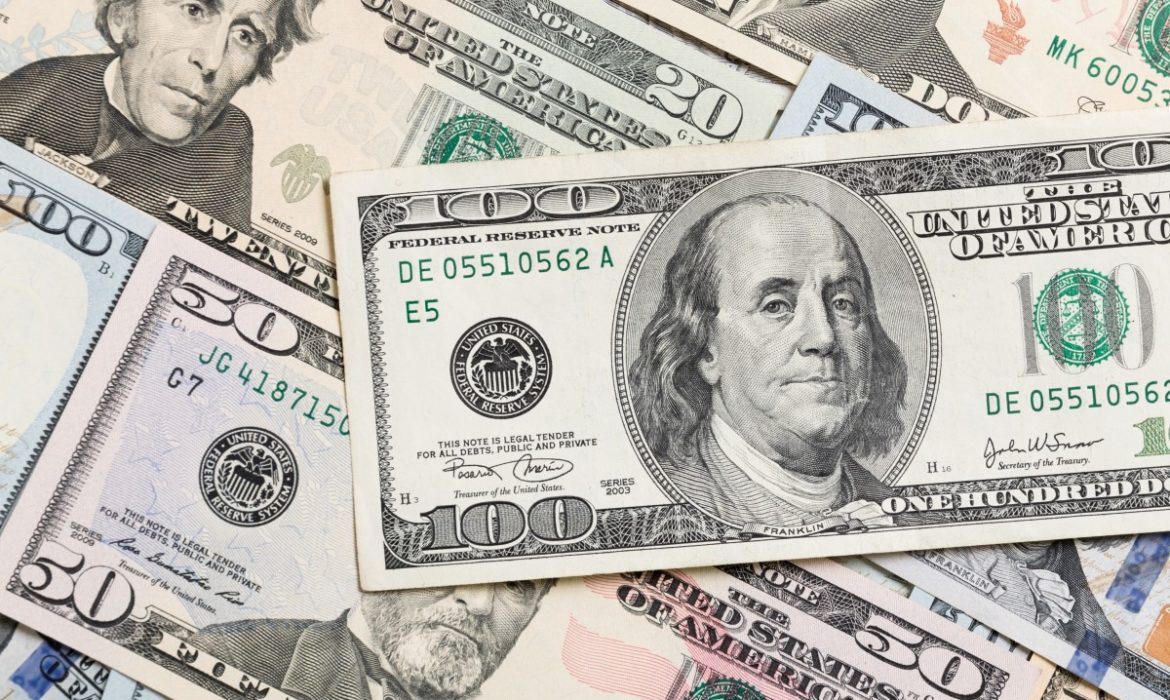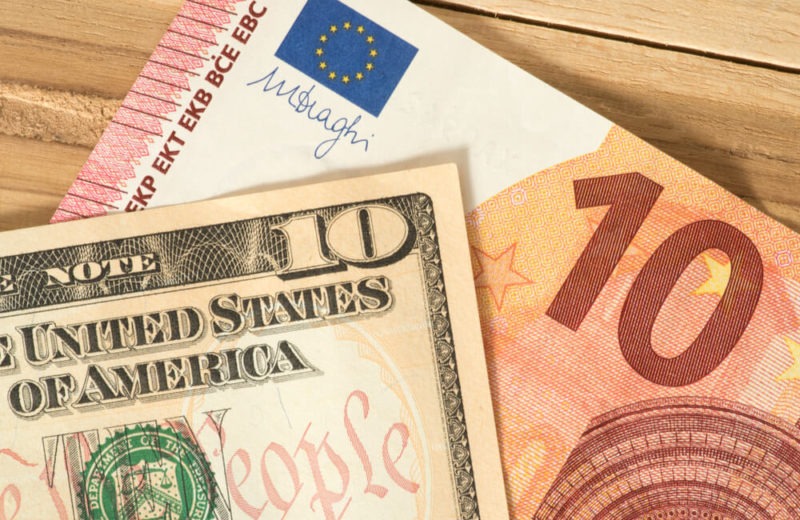Equity volatility spooks investors into the United States dollars. After the European Central Bank meeting, the euro whipsaws. The pound is heading for the worst week since March.
Jitters in equity markets had investors sticking to safe assets. Thus, the United States dollar had its first back-to-back weekly gains—meanwhile, sterling toward its worst week since March on fears of a messy, hard Brexit.
The United States dollar was broadly steady in Asia after a volatile New York session. Marginal moves higher in the euro, Kiwi, and Aussie was all too small to dent a bounce in the United States dollar that came with Thursday’s Wall Street selloff.
Rodrigo Catril works at the National Australia Bank in Sydney. He is a senior currency strategist there. Thus, Catril said that it is exhaustion today. It is because traders frazzled by a rough week look. It is ahead of risks ranging from next week’s Federal Reserve meeting to Brexit and United States politics.
Dollar and Others
Catril said that they think in this sort of environment of uncertainty, it is exceedingly difficult to see the equity market continue performing. A period of turbulence is more likely. In that scenario, the United States dollar tends to find support. Or at least it is struggling to weaken.
Also, the market looks to the United States consumer price data due at 1230 GMT. It is for insight into the recovery. Moreover, it is to challenge facing the Federal Reserve as it looks to lift inflation.
Through Asian trade, the United States dollar was a touch lower midway against a basket of currencies. Nevertheless, it is ahead by about half a percent for the week. Thus, the greenback recouped around 1.7 percent from a 280month hit low early in September.
For the week, the yen was broadly steady at 106.14 per dollar. Goldman Sachs analysts said that pension fund flows out of Japan.













